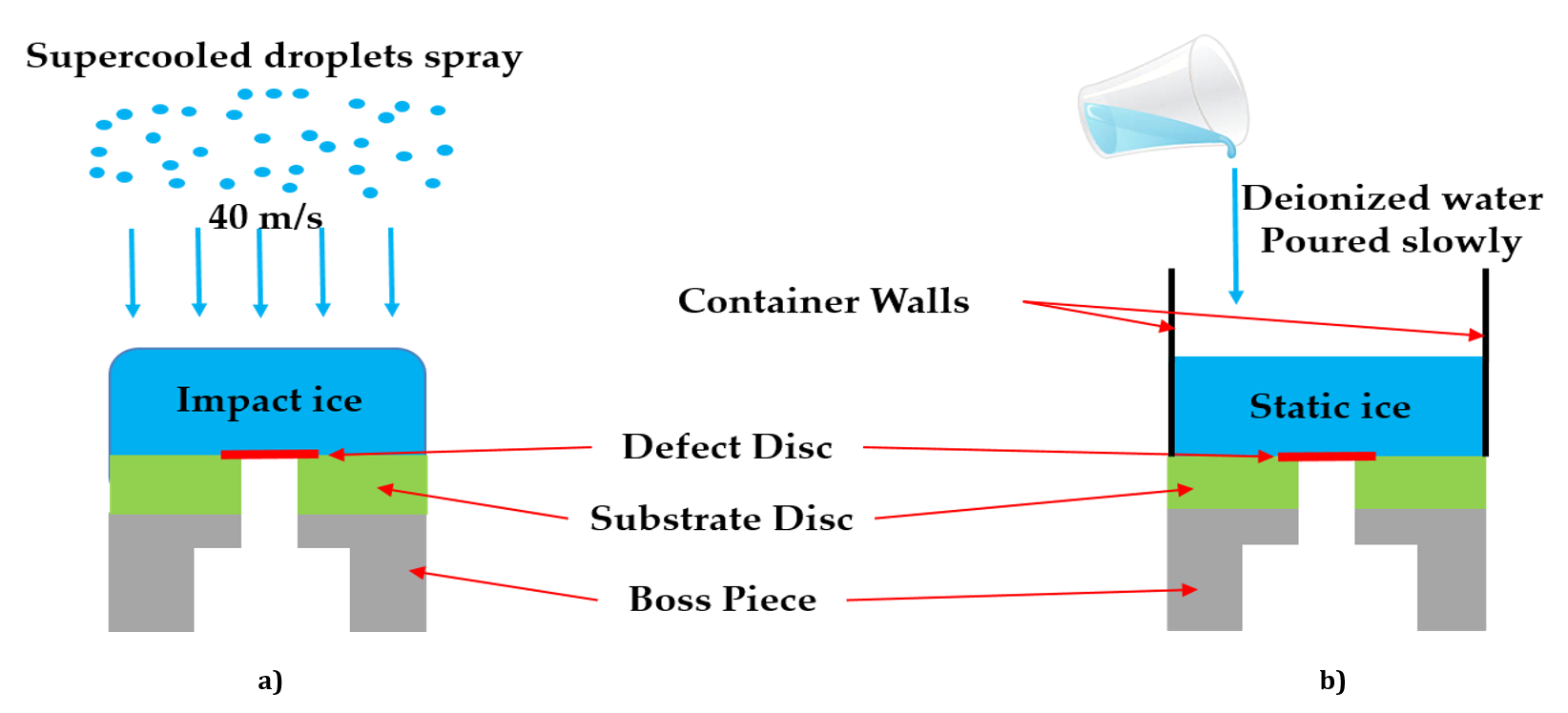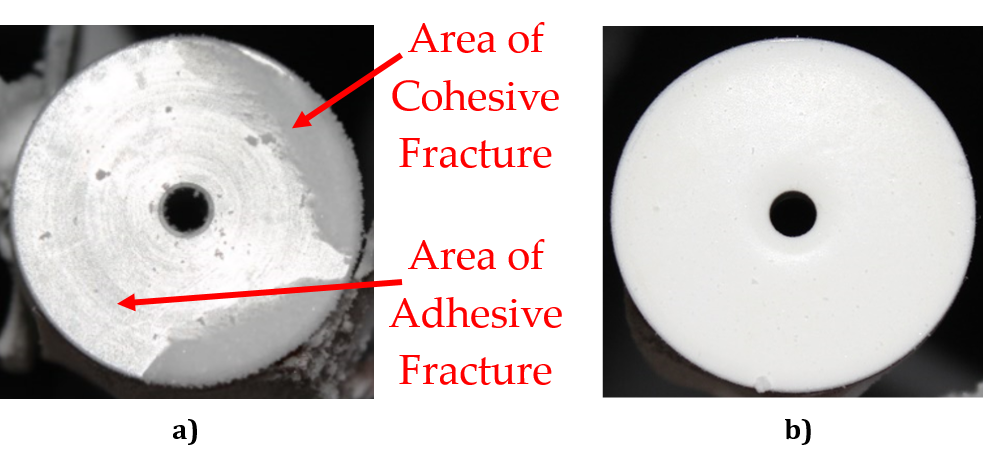Self-Lubricating Icephobic Coatings for Aerospace
Sponsor: Rolls-Royce
Project Leaders (Rolls-Royce): Jessica Cummings and Jim Loebig
Participants: Dr. Eric Loth, Dr. Edem Tetteh, Michael Jeong
The event of icing in an aircraft turbine engine causes operation anomalies, such as surges/stalls and/or thrust loss. As such, FRIL collaborated with Rolls-Royce to investigate ice accretion and adhesion for a variety of flow conditions and surfaces. Such investigation took place in a newly designed and built facility at the University of Virginia called the Compact Icing Research Tunnel (CIRT). Below are shown both the computer model and real image of this facility.
Tested surfaces included both coated and uncoated surfaces. Uncoated surfaces range from metal alloys to composites materials, while the coated surfaces were the latter coated with the self-lubricating icephobic coating (SLIC). The CIRT allows the installation of these surfaces' coupons along with diagnostic devices to first accrete ice for two different flows (impact ice vs. static ice), and determine ice adhesion stress and thermal conditions. Figure 2 shows a description of these two types of ice. The ice adhesion on the tested samples was determined in both tensile and shear mode, and results revealed that SLIC was the best performing surface. In fact, a reduction of more than half in terms of both ice tensile and shear strength compared to that on uncoated metals and composites materials was found. Additionally, SLIC consistently also removed all of the accreted ice from its surface as compared to metals and composites materials (as shown in Figure 3).

Figure 1: a) Computer model and b) real image of the CIRT


Figure 3: a) Mixed-mode ice failure on metals vs. b) full ice removal (100% ice adhesive failure) on SLIC.